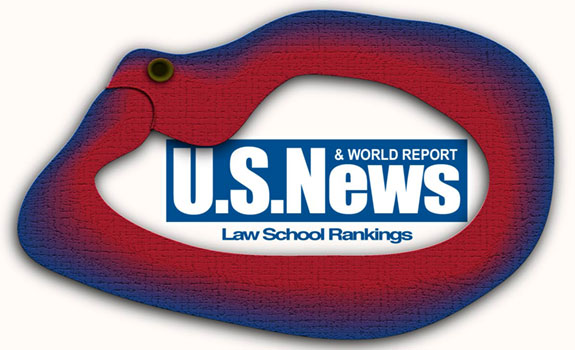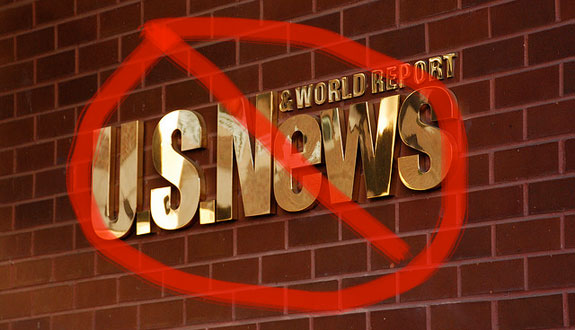Guess What, Stanford? You Can Never be the Best
- by
- Aug 16, 2010
- Law School Rankings
- Reviewed by: Matt Riley


Guess what? The rankings still sort of suck.
If the US News & World Report rankings didn’t already seem problematic enough, a few weeks ago Bill Henderson of Indiana University came to some conclusions that are a bit annoying, although not that surprising. Henderson is known for studying the rankings, and making models of the rankings to play with. Using these models, he was able to yet again show how these rankings are sometimes based on some crappy measures. Getting back to that in a second.
First things first. A few weeks ago Larry Kramer, dean of Stanford Law School, proclaimed his intention to make Stanford the best law school in the country. While he didn’t specifically say that this was in relation to USNWR’s rankings, that is really the only measure people really care about, and this is likely to what he was referring. A big part of this intended jump will involve recruiting, bringing in the best talent in legal education. But would that be enough to bring them into the number one slot?
First of all, who cares? Yale (#1), Harvard (#2), and Stanford (#3) are all clearly fantastic schools. Does it really matter which one is “the best” of the three? And also, why must we be beholden to these rankings? Probably many people already think that Stanford is the best (as a UC Berkeley grad, however, I recognize it for the festering pool of mediocrity that it is).
Anyway, let’s get back to our friend Bill Henderson. After giving the caveats about whether or not we should actually care, or if this is any sort of worthwhile goal, he used one of his fancy little models to determine if it’s even possible for Stanford to rob Yale of its coveted position at the top, using USNWR’s criteria. And it turns out it’s probably not. Even if Stanford had an incoming class with 4.0 GPAs (realistically impossible) and 180 LSAT scores (actually theoretically impossible – there aren’t enough 180s out there), that wouldn’t do the job. If you factored in Academic Reputation and Lawyer/Judge Reputation (two of the biggest factors in rankings), and gave Stanford perfect scores in both, again surpassing Harvard and Yale, this still would not be enough to win in overall ranking.
Already this all seems, well, wrong. That having utterly perfect students (numerically speaking, at least) and utterly perfect reputation scores would still not be sufficient appears problematic. Apparently one of the biggest things holding Stanford back (and what could propel it forward) is spending. Yale spends over $100k per student, while the two runners up spend about 20% less. Thus, if Stanford wanted to find the fastest route to USNWR rankings improvement, it might just want to pour money into the school. According to Henderson, $350 million might do the trick, assuming it was spent in all the right places.
Henderson rightly notes that such money could be better spent on more deserving causes, which I think we can all agree with. I think it also yet again illustrates the folly of choosing a law school simply based on its rankings, as so many people do. Clearly picking a school in the top 25 versus Tier 4 will have very different outcomes, both in terms of debt versus employment opportunities. For the most part, those two educations would result in two very different futures. But I’m talking about people who immediately go for the school ranked one or two higher, simply because it is one or two higher. If Stanford had perfect numbers and a “perfect” reputation, do you seriously think your future would be vastly more secure with a JD from Yale? I think the answer would most obviously be a resounding “of course not.” So while you can be using these rankings as a qualified tool, don’t rely on them blindly. Because, seriously, they’re often sorta retarded.
Search the Blog

Free LSAT Practice Account
Sign up for a free Blueprint LSAT account and get access to a free trial of the Self-Paced Course and a free practice LSAT with a detailed score report, mind-blowing analytics, and explanatory videos.
Learn More
Popular Posts
-
logic games Game Over: LSAC Says Farewell to Logic Games
-
General LSAT Advice How to Get a 180 on the LSAT
-
Entertainment Revisiting Elle's LSAT Journey from Legally Blonde








